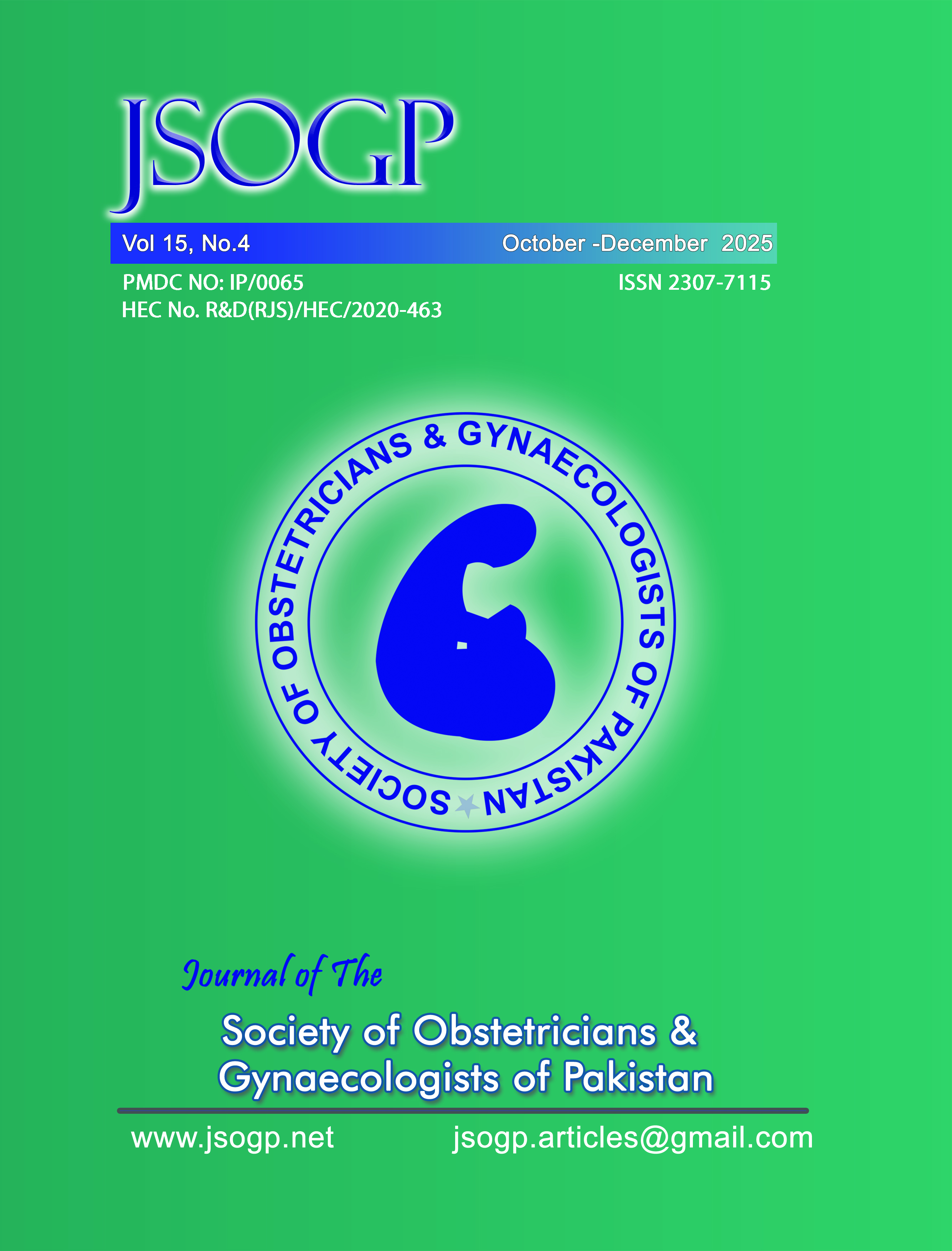Precision of Ultrasound Guided Wire Localization for Residual Breast Cancer during Breast Conservation Surgery: A Prospective Cohort Study
Abstract
Objective: This study aims to evaluate the efficacy of ultrasound-guided wire localization (USGWL) by achieving a negative surgical margin rate of at least 90% and a re-excision rate below 15% in 185 patients. It also seeks to assess the safety of the procedure by limiting complication rates to less than 5% and to identify patient and lesion characteristics that influence these outcomes.
Methodology: This study retrospectively analyzed data from 185 patients who underwent ultrasound-guided wire localization (USGWL) for breast lesions after receiving Institutional Review Board (IRB) approval. The primary goal was to evaluate the procedure's efficacy by assessing localization success, negative margin rates, and re-excision rates. Secondary outcomes provided a broader view of the procedure's impact, including operative time, resected tissue volume, complication rates, local recurrence, and patient-centric measures like cosmetic outcomes and patient-reported satisfaction. An exploratory analysis was also performed to examine the influence of variables such as the use of intraoperative ultrasound (IOUS), the surgeon's experience, prior neoadjuvant therapy, and the proximity of the wire to the lesion.
Results: Localization using USGWL was successful in 96.2% of cases, leading to a negative margin rate of 89.2%. The use of intraoperative ultrasound (IOUS) showed a positive but non-significant trend toward improving outcomes, with a higher negative margin rate (92.3% vs. 87.5%) and a lower re-excision rate (4.6% vs. 10.0%). On an average, the procedure took 60.9 minutes with a resected tissue volume of 45.3 cm³. The safety profile was excellent, with a low complication rate of 2.7% and a local recurrence rate of just 1.1% after 12 months. Patients reported high satisfaction, with an average score of 8.2 out of 10, and 88% reported good to excellent cosmetic results. Crucially, the study found that surgeon experience (over 50 procedures) and a close wire proximity to the lesion (less than 2 mm) were significant factors in achieving clear margins, with negative margin rates of 92.1% and 94%, respectively, in these groups. Neoadjuvant therapy, however, had no significant effect on the outcomes.
Conclusion: This study confirms that ultrasound-guided wire localization (USGWL) is a highly effective and safe technique for breast conservation surgery, demonstrating high success rates and low complication rates. The data also highlights that outcomes are significantly improved by increased surgeon experience and precise wire placement. Therefore, focusing on surgeontraining and meticulous technique can further enhance the already reliable clinical performance
of USGWL.
Keywords: Breast Neoplasms, Ultrasonography, Margins of Excision, Surgical Procedures,
Operative, Treatment Outcome
Copyright (c) 2025 Journal of The Society of Obstetricians and Gynaecologists of Pakistan

This work is licensed under a Creative Commons Attribution-NonCommercial 4.0 International License.

